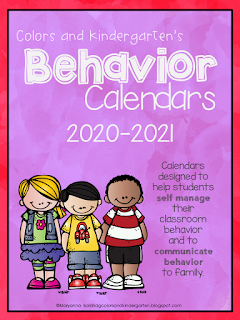Today was my second day at the Ready, Set, Play Conference here in the Portland area. Yesterday we talked so much about equity, diversity, processes, anti-bias education (ABE) and it was a serious eye opener as well as very overwhelming. BUT, today was more about HOW we can do this. Yes, I said CAN.
Ok, so my district is going through an entire immersive play program. Students will do EVERYTHING in play. (Which is why I am writing this blog!) Reading, writing, math, phonics, science, social studies, everything will be done through play. So exciting right?!
Well, the hardest part of all of us is the burning question, "How do we even do this?". I could write a 20 paper essay on what I learned today, but I think I will piece it out to you because no one wants to read that much stuff.
What is the best way to begin? Let's think about this chart:
Credit: Beaverton School District
We think of this model for how we structure our class, going from whole to small. This year we need to FLIP it. We need to go from small to big. You do not need to meet with your entire class at once on the first day of school. In fact, you shouldn't. We need to start small and work up. I mean, come on, these are Kindergarteners. And, as my good friend Michelle Hubkey told me, having 27 Kinders on a Zoom at once on the first day was ... overwhelming at best.
Here is my plan:
The week before school I will be meeting with each family via Zoom individually. I will use a form provided by our Multilingual Department to learn about them and see where they are, what they need, and how they feel. I am lucky to get an extra week before school begins to do this. I realize that not every school district provides this option, but I do encourage family meetings if you can.
First week of school - I will invite small groups of children to meet with me. There will be 2 to 3 at a time. Each session will be maybe 10 minutes long depending on their attention stamina. I will ask them to show me a favorite toy or something special that they love. This will give us a place to launch.
Second week of school - I will form groups that are a little larger (5 maybe?) with kids who hold similar interests, have similar social identities, or whose schedules work together (hey, you gotta do what you gotta do!). We will begin play at this time - an invitation of something I know they are interested in. Maybe they all like Legos, we can play Legos. Maybe they all love stuffies, we can play that, etc. My goal is to build a relationship between them and me, and them and each other.
The next two or three weeks - I will start to combine the groups based on interests, identities, or schedules. These will be groups I think will get along with each other and will learn from each other. I will be working in small academic lessons based on what we are playing. Can we all make the letter "s" using our jewels and then count how many it took to make it?
By the end of the first month my goal is to move into larger groups for more structured lessons, but still use playful inquiry within that lesson. I will know a lot more about my students now. I will know a lot more about my families.
I may never get to a whole class meeting. That's ok. What I want is to be able to reach my students. I need to change the way it has always been done because our worlds are flipped as well.
My students will still be working on Seesaw on asynchronous activities. They will be reading books, tracing their name, playing games. Today I learned HOW I can begin to work with each little brain so that they are connected.
























